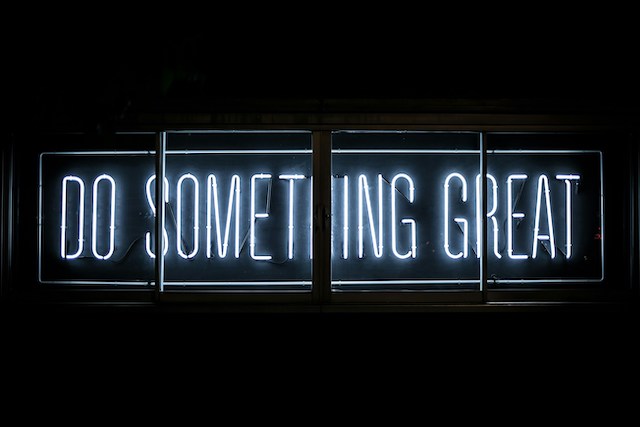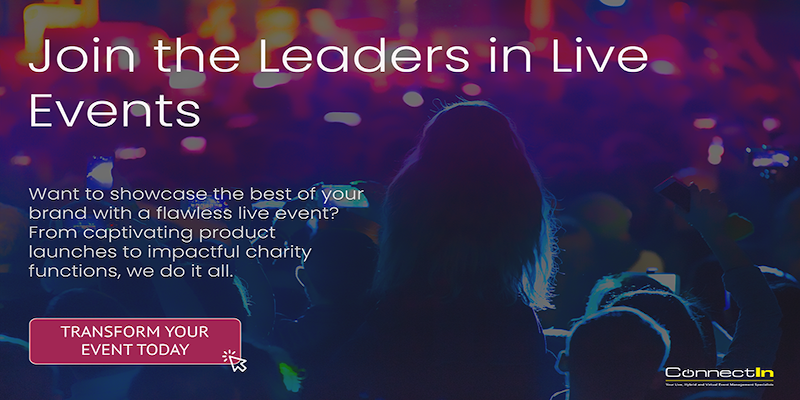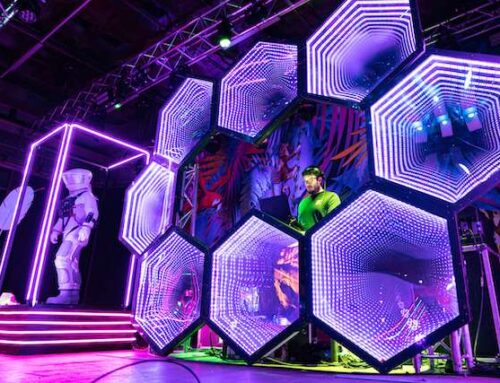
ConnectIn

For years brand activation events were the obvious way for businesses to get noticed and sell products. A foolproof strategy for many, the plan was simple: pinpoint the right spot to grab attention, unveil the new merchandise, and set up a stand to show off what it can do. However, things have changed over the past decade. Making waves has become about much more than just planting your flag and selling directly to the public — it’s now about getting your brand remembered long beyond that first contact.
So, what’s changed? Enter experiential activations: the immersive, story-driven cousin of the classic product launch. But how do these new formats stack up against traditional tactics? Are they really worth the hype and investment? And what kind of results can you actually expect? Here’s everything you need to know…
The Journey So Far: How Brand Activation Events Have Evolved
Brand activation events have historically been about sparking interest in a new product by encouraging consumers to get hands-on with it. Think samples at supermarkets, pop-up shops in bustling city centres, and interactive stands at buzzing trade shows. These strategies might seem fairly diverse, but they all share the same goal: driving engagement to boost sales.
However, as consumer expectations have shifted, the humble ‘show and tell’ might have lost some of its impact. This has created opportunities for businesses to help potential customers forge much deeper, more meaningful relationships with their brand. This has led to experiential activations — a strategy that transcends that brief first touchpoint to create a more lasting and emotional bond.
What Are Experiential Activations?
Experiential activations are essentially brand activation events that don’t just reveal a new product — they immerse consumers in a brand’s world. Often multi-sensory experiences, they combine traditional pop-ups with eye-catching interactive marketing campaigns to resonate with consumers on a personal level. These activations are designed to be memorable, shareable, and effective.
Fancy some examples of this approach in action? Look no further:
- Interactive Installations: Nike’s “House of Innovation” stores allow customers to personalise their products, take in the Nike Arena, and enjoy a curated exhibition of each host city.
- Themed Events: Airbnb and Mattel’s stunning life-sized Polly Pocket house offered long-term fans a chance to take a break in their dream childhood home.
- Pop-Up Experiences: The Body Shop’s advent calendar installation at Union Station invited customers to experience the brand’s values in a festive setting.
As you can see, these activations are not just about showcasing products. They involve using a theme or story to bring campaigns to life; inviting consumers to not only see the fantastic results but actually be a part of it.
How Effective is Experiential Marketing at Brand Activations Events?
As you’ve probably guessed, we’re big believers in the results of experiential activations. And we’re not alone! According to some studies, the benefits of this rapidly-growing format range from boosted short-term sales to an increase in repeat custom over time. As a result, marketers everywhere are believed to be spending more of their budgets on creating experiences.
The results are really something:
- 85% of consumers are more likely to purchase after participating in unique brand activations events.
- 70% become repeat customers following an experiential event.
- 82% of people say they think more highly of companies that embrace experiential marketing. So, brands that invest in immersive experiences leave a stronger impression!
- 91% of consumers feel that getting hands-on with a brand through live experiences makes them more inclined to make a purchase.
These figures highlight the value in creating experiences that bridge the gap between brands and consumers. You’re not just meeting demand, you’re curating live events that give your brand that all-important ‘wow’ factor.
Comparing Traditional and Experiential Activations
Both traditional and experiential brand activations aim to spark interest, but they both do this in very different ways. Traditional brand activation events are usually geared towards a new product, to maximise instant appeal. Experiences are more interested in finding ways to generate a brand buzz that lasts into the medium and long-term.
Let’s dig into the differences a bit more:
Traditional Brand Activations (Product-First and Practical)
These are often straightforward, sales-focused efforts designed to create immediate engagement. Think:
- Sampling stalls and promotional booths
- Retail displays and branded giveaways
- One-off stunts and on-site demos
The main aim is to drive awareness through hands-on testing to trigger a quick sale. From the consumer’s POV, the experience is mostly passive, as they’re only expected to watch, listen, or test a product.
Pros: Cost-effective, quicker setup, often much easier to measure.
Cons: Little emotional engagement and can be easily forgotten.
Experiential Activations (Immersive and Emotion-Driven)
These go deeper, creating a unique story or tactile world that people step into. Great examples include:
- Interactive pop-ups or installations
- Live corporate events with immersive storytelling
- AR/VR experiences or gamified campaigns
As we found with Nike and Mattel, experiential activations look to build a deeper emotional connection, with one eye on social sharing for a bit of extra oomph. Far from just watching, consumers at these brand activation events are actively involved in (and/or co-creators of) the experience.
Pros: High impact, great for loyalty and brand love, highly shareable.
Cons: Longer planning cycles, potentially higher budgets, harder to measure with traditional metrics.
So, Which Is Better?
Honestly, there’s no right or wrong answer here: everything depends on your goals. Traditional events like pop-up product launches are brilliant showcases for short-term wins. Experiential activations are perfect when you want to make a statement, create a buzz, or build a loyal community around your brand. Some brand activation agencies in the UK use elements of both; propelling both new lines and their brand to the front of the conversation.
ConnectIn Events: A Leading Brand Activation Agency in the UK
Traditional activations aren’t going anywhere soon, but experiential activations are definitely raising the bar. With the power to evoke emotions, start conversations, and deepen brand loyalty, they’re quickly becoming the go-to option for businesses who want to do more than seize the moment — they want to start a movement.
If you’re ready to plan an activation that gets talked about for all the right reasons, the team at ConnectIn Events is here to help. From concept to execution, we build experiences that can breathe life into brands across the UK.
Want to create something unforgettable? Get in touch today.
Share this post
Related posts
- Unique Venues Manchester: 12 Unusual Spaces That Make Events Unmissable
- 7 Best Venues in Manchester for Corporate Events
- 7 Reasons You Need a Hybrid Event Planner for Your Next Corporate Event
- Event Trends 2026: How to Create Corporate Events People Remember
- The Ultimate Hybrid Event Planning Checklist (for Corporate Events)




